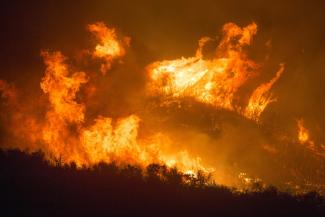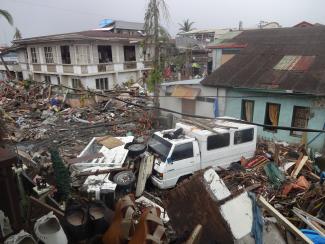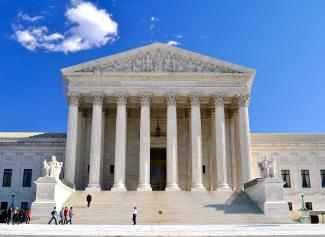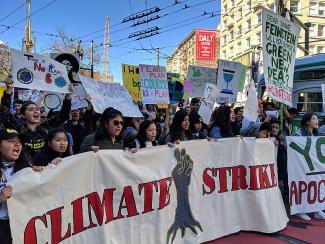Building on the Past to Secure the Future
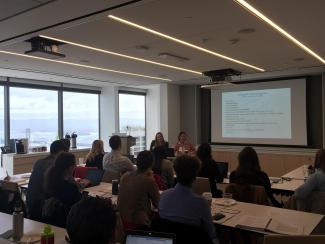
The Environmental Law Institute’s 50th anniversary on December 22 occured during a record-breaking year in terms of the sheer number of ELI educational and convening programs, which have been organized around the themes that continue to animate the work of environmental protection after half a century.

